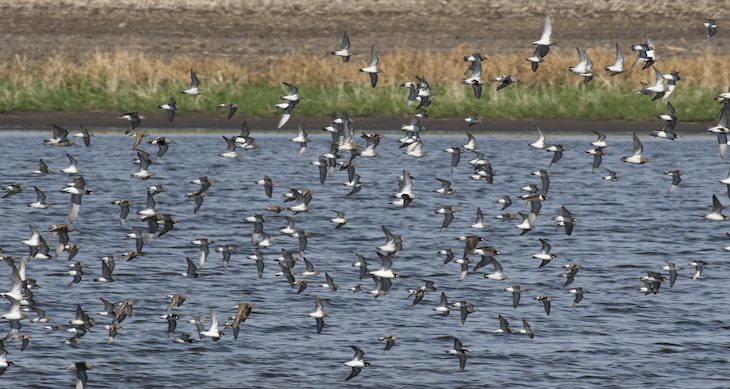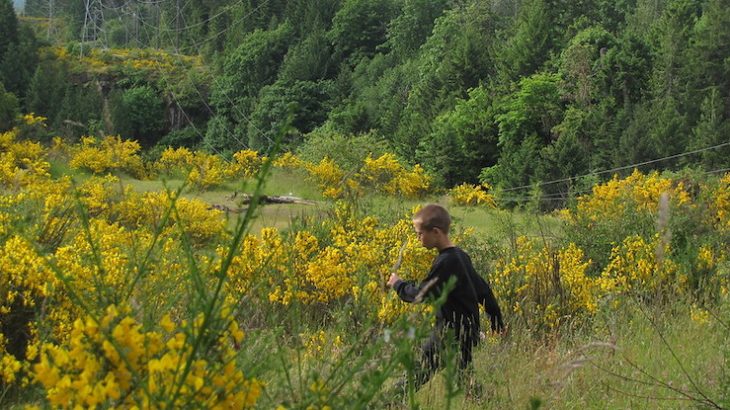
Katie Compton, Policy and Politics editor As the COVID-19 pandemic has upended our lives, we’ve all become health-data seekers. Each day, we scan our newsfeeds for information about whether we’re flattening the curve, wonder what the #NewNormal will look like, and search hopefully for any news about treatments or vaccines. Answering the questions foremost on […]







